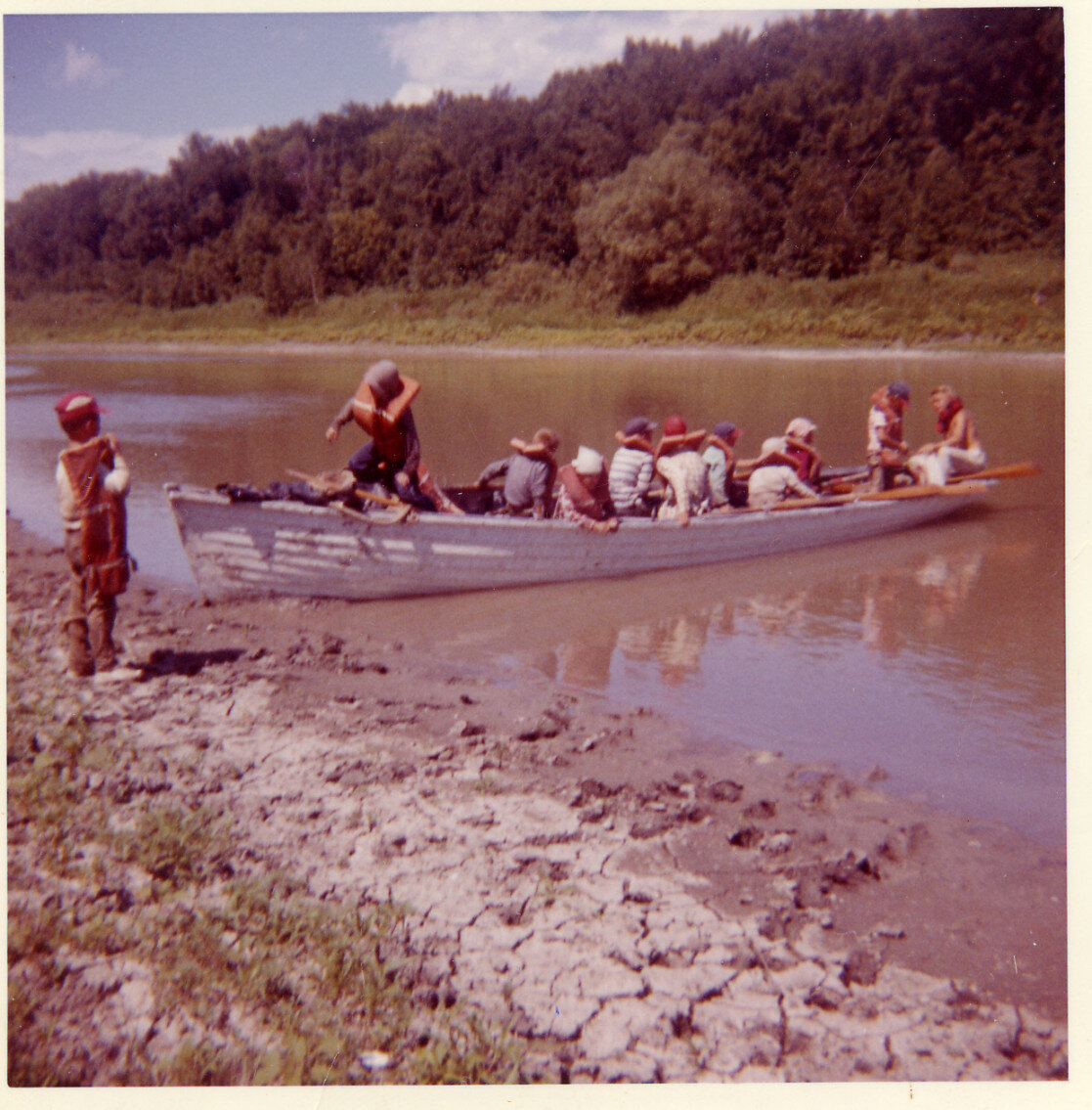St. John’s Cathedral Boys School
I attended St. John’s Cathedral Boys School weekend classes from 1961 to 1963, and the full time school for ‘64/’65. If you have more pics, send them along and I’ll post them.
The ‘Adventures’
Racing The Red: (pictured above), Grand Forks to Winnipeg by cutter, 1962.
Frost Bites: What happens when you don't follow the rules at 20 below zero? Short answer: frost bites. And it ain't pretty.
Grand Portage, Grand Adventure: forty intrepid explorers find out how to eat an elephant.
The Blurt: wherein one callow youth had his head stuck so far up another realm of reality that the oddest thing bubbled to the surface.
Ted Byfield
I remember him as a gruff, kind-hearted teacher who didn’t take a whole lotta crap, but gave you a whole lotta leeway to find the right answers. Grade Eight history- while the regular-school curriculum was a single text book, ‘Mr. Byfield’ had us read volumes of detailed Canadian history that were as exciting as a novel. I remember him walking back and forth at the front of the classroom, one hand tucked behind his back, talking about Upper and Lower Canada and the nation it would become. His obituary, from the National Post. -Tom New, SJCBS 1961-62, 1964-65
The Grand Portage crew in front of SJCBS, on the last day of the trip (22 days, 900 miles, 55 portages), summer of 1965. Your editor is the tallish sprout sixth from the left hand, looking nonchalant. A quick snapshot of the trip.


















